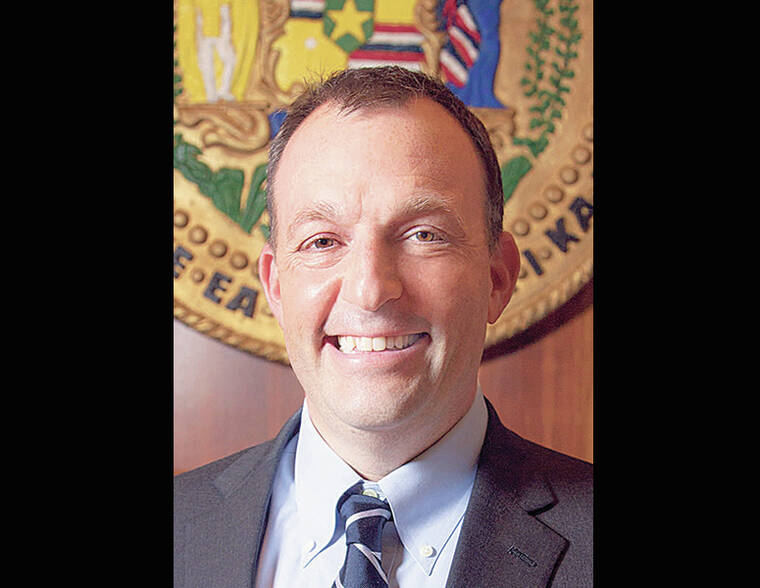Removing the general excise tax on food and medicine might not be the best way to help struggling Hawaii residents, Gov. Josh Green said Monday.
During his gubernatorial campaign and his inaugural address, Green proposed exempting food and medicine from the GET in order to help lower-income households survive the rising cost of living.
However, in a livestreamed interview Monday, Green suggested that such a plan could be overly complicated to implement, and instead advocated for a number of extended tax breaks for “ALICE families,” which are households that are asset-limited, income-constrained and employed.
According to the Hawaii County Department of Research and Development, roughly 34% of households on the Big Island fall under the ALICE family threshold, and another 18% are below the poverty line.
Research and Development Director Douglass Adams noted that while ALICE numbers spiked during the COVID-19 pandemic, the situation was not substantially better prepandemic. In 2018, for example, about 33% of Hawaii County households were ALICE households.
Green explained that, depending on the number of children in a household, ALICE families’ annual incomes range from between roughly $42,000 and $129,000, which puts them above the federal poverty level but unable to afford a basic cost of living.
And despite being above the poverty line, these families often have less support than those below it, who at least are eligible for various assistance programs.
“On this island, just about all children qualify for free or reduced lunches,” Adams said. “Either (their parents’) paychecks are just not enough, or the cost of living is just too high.”
Green said Monday that improving conditions for ALICE families will be one of his legislative priorities for 2023, but his solution may not be as simple as a GET change.
“Getting rid of the general excise tax on food and medicine is easier for people to understand,” Green said. “It would return about $400 million back to people, but the challenge with that is a third of that money is paid for by vacationers, by visitors. And I’m not really trying to give them any break from taxes. I’m not trying to be mean, I’m just trying to say they should pay their fair share of taxes more.”
While Green said he and his team will continue to explore whether to support GET reform — and a pair of bills in the House and Senate would exempt “certain groceries, feminine hygiene products, incontinence products, and over-the-counter drugs” from the tax — he championed his Green Affordability Plan, a $300 million series of tax breaks for lower-income households.
“What this means is, essentially, that everyone gets another paycheck per year,” Green said.
The increased tax credits would include doubling the personal tax exemption, an increased standard deductible, an expanded child income tax credit, and more, representing $312 million in tax breaks.
“First off, everyone has more money to pay for rent and food, and it also does not benefit visitors, it benefits our local people,” Green said, adding that he wants the tax credits to be available “in perpetuity.”
Green added that the state has a moral obligation to spend some of its $1.8 billion budget surplus on helping its citizens.
Adams agreed with Green’s plans, calling them “exactly the right direction.”
“It’s not just a problem we can solve with more money,” Adams said. “It’s a more systemic problem than that. We need more living-wage jobs, we need better infrastructure for our people. But these plans will be a good initial step forward.”
Email Michael Brestovansky at mbrestovansky@hawaiitribune-herald.com.





